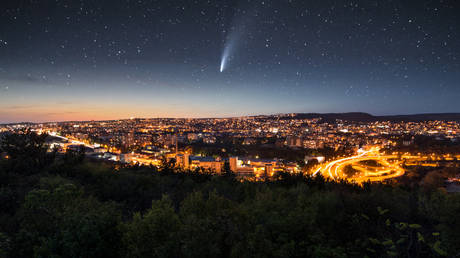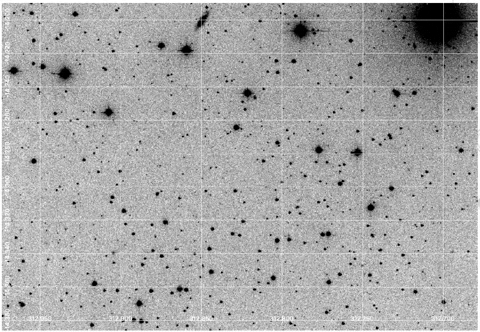
NASA is warning of four asteroids over 20 meters in diameter due to make a close flyby of Earth this week, while the ESA has shared a video showing just how difficult it is for planetary defenses to spot these inbound space rocks.
The first two Near Earth Objects (NEOs), due on Tuesday, were both only spotted in the last month: 2020 PT4, which is 34m in diameter or roughly half the wingspan of a 747, will pass us at a distance of 1.8 million km while the 24m 2020 RJ, roughly three London buses in length, will shoot past at a distance of 1.2 million km.
Later, on September 12, 2020, RM15, which is roughly half the size of the statue of Liberty (43m), will whizz past us at 35,000kph, thankfully far beyond the Moon, at a distance of 5.7 million km.
Bringing up the rear in this latest barrage of space debris on September 13 will be asteroid 2017 US, measuring an even 20m in diameter (roughly three adult giraffes stacked on top of each other) at a distance of 6.6 million km.
In the meantime, the European Space Agency (ESA) has shared somewhat terrifying footage of what our planetary defense officials are working with.
The ESA estimates that we are aware of 95 percent of all objects measuring over one kilometer in diameter in our solar system.
However, that number drops precipitously with smaller objects, with only somewhere in the region of 18,000 of an estimated two million or more objects measuring around the 30-meter mark accounted for according to ESA data.
To show just how difficult it is to spot these smaller objects as they hurtle towards our planet, the ESA shared this video of an object named 2020 OM3, roughly 40m in diameter, which passed us at a distance of 10 million km back in July.

In the endlessly looping gif, somewhere amongst the noise and the black splotches, is 2020 OM3 which appears as a faint speck of light, which may explain the frequent alerts of recently-detected, inbound asteroids headed for Earth’s backyard.
Think your friends would be interested? Share this story!




